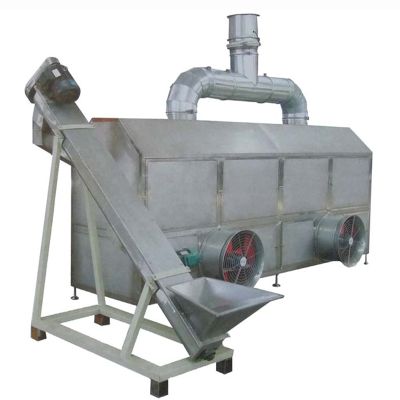10 years of experience as a food machinery equipment manufacturer
10 years of experience as a food machinery equipment manufacturer
Sesame seeds, a staple ingredient in cuisines worldwide, require careful post-harvest handling to preserve quality and shelf life. The cooling phase is critical, preventing clumping, mold growth, and maintaining the desired crisp texture. Dedicated sesame cooling machines offer an efficient solution tailored to this specific need. This guide explores the technology, its benefits, and key considerations for prospective buyers.

Unlike general-purpose cooling units, sesame cooling machines are engineered to handle the unique properties of these small, oily seeds. They typically operate on forced-air cooling principles. The core objectives are:
Machines achieve this by moving ambient or conditioned air through a bed of seeds at controlled flow rates and durations.
Sesame cooling systems utilize various configurations, each with advantages:
Investing in a dedicated sesame cooling machine yields significant operational benefits:
Selecting the right sesame cooling machine requires careful evaluation:
To ensure longevity and optimal performance:
Choosing a sesame cooling machine is a strategic investment impacting product quality, efficiency, and profitability. It necessitates moving beyond generic cooling solutions to technology engineered specifically for the challenges sesame seeds present. Prospective buyers should meticulously assess their specific production requirements, carefully compare the technical specifications and build quality of available options, prioritize hygiene and ease of maintenance, and verify the manufacturer’s reliability and support structure. A well-selected and properly maintained sesame cooling machine becomes a vital asset, safeguarding seed quality throughout the supply chain.
